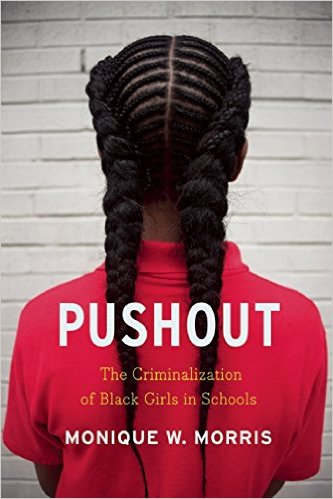
When it comes to looking at patterns of police force, a recent study by sociologist Joscha Legewie notes a relationship brewed from conflict. As described in an article featured in Science Daily, Legewie finds that a pair of fatal shootings of police officers by black suspects in New York lead to an increase in the use of force in subsequent days by police against blacks, but not against whites and Hispanics. Legewie says that this finding,
“…Extends beyond acts of extreme violence against police officers. It suggests a general set of processes where local events create inter-group conflict, foreground stereotypes, and trigger discriminatory responses.”
Legewie stresses,
“Discriminatory behavior arises not only from static conditions but also from temporal sequences of events and responses. This process is applicable to all kinds of everyday interactions, both with the police and with others who might engage in discriminatory behavior, such as landlords or teachers.”









